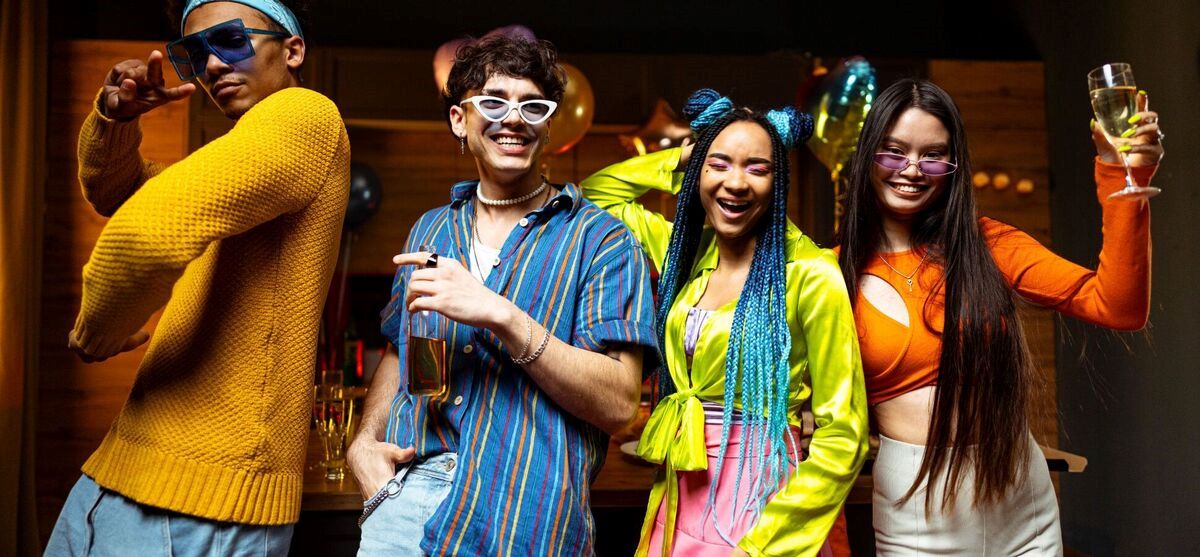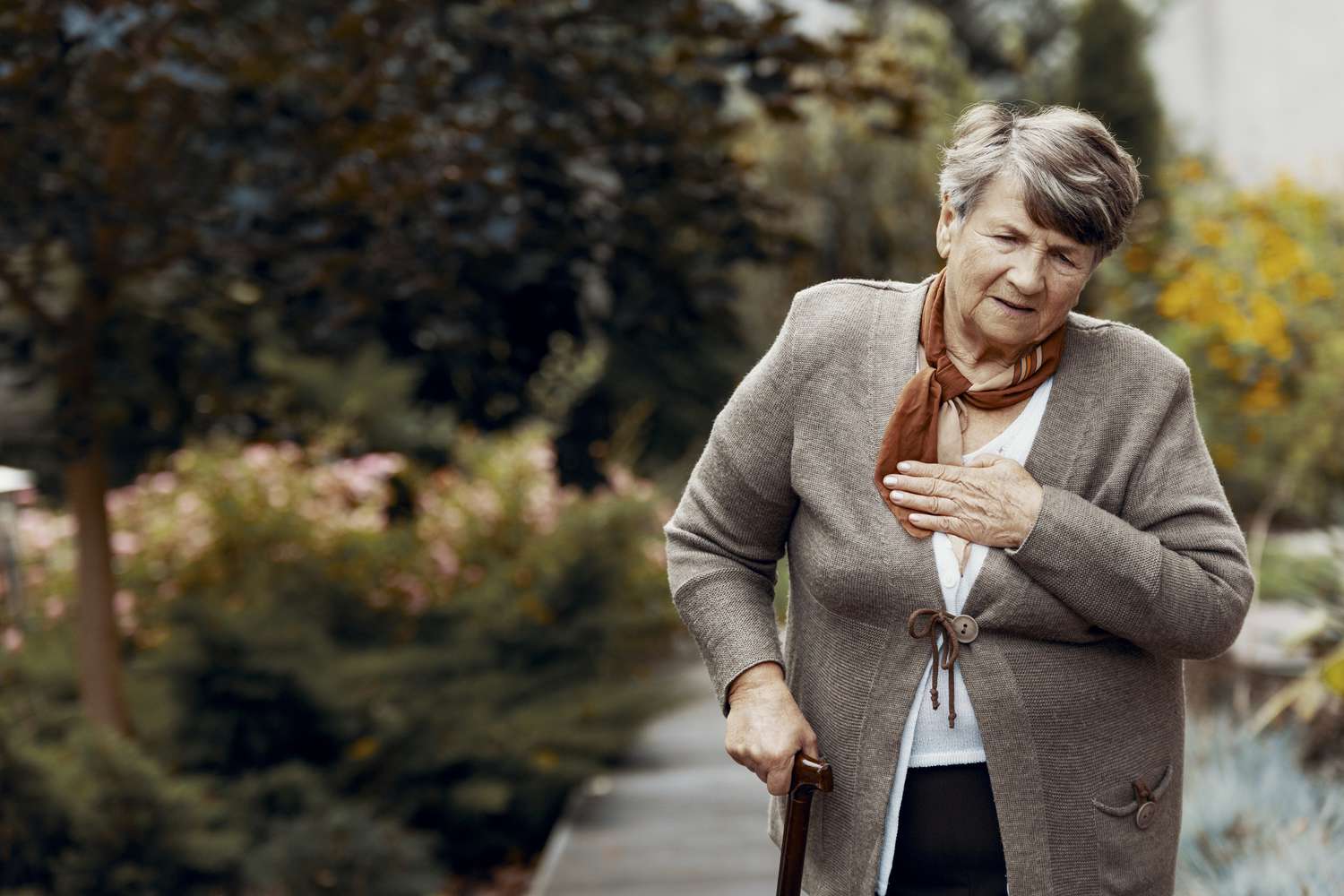
What made 90s raves so unforgettable? The 90s rave scene was a wild mix of music, fashion, and culture that left a lasting impact. Raves were underground parties where people danced all night to electronic beats. Techno, house, and trance music dominated the scene, creating a unique soundscape. Neon colors, baggy clothes, and glow sticks were the fashion staples. These events often took place in abandoned warehouses or open fields, adding to the mystique. DJ culture flourished, with many becoming legends. The sense of community and freedom was palpable, making each rave a memorable experience.
Key Takeaways:
- The 90s rave scene was a vibrant cultural explosion that shaped music, fashion, and nightlife, leaving a lasting impact on modern electronic music festivals and fashion trends.
- Rave culture of the 90s, with its iconic music, fashion, and sense of community, continues to influence today's electronic dance music scene and inspire independent creators.
The Birth of 90s Raves
The 90s rave scene was a cultural explosion that changed music, fashion, and nightlife forever. Let's dive into some fascinating facts about this electrifying era.
- Raves originated in the UK underground scene during the late 1980s and early 1990s.
- The term "rave" comes from the 1950s, meaning a wild party, but it took on new life in the 90s.
- Acid house music, characterized by its repetitive beats and psychedelic sounds, was the soundtrack of early raves.
- Raves often took place in abandoned warehouses, fields, and other unconventional locations.
- Promoters used secretive methods like hotlines and flyers to announce rave locations last minute.
Iconic Rave Music and DJs
Music was the heartbeat of raves, with DJs becoming the new rock stars. Here's a look at the sounds and figures that defined the scene.
- The Roland TB-303 synthesizer was crucial in creating the acid house sound.
- DJ Carl Cox became a legend in the rave scene, known for his three-deck mixing skills.
- The Prodigy, an electronic music group, rose to fame with hits like "Firestarter" and "Breathe."
- Moby's album "Play" became an anthem for many ravers, blending electronic music with gospel and folk.
- Sasha and John Digweed were famous for their seamless DJ sets and progressive house music.
Rave Fashion and Culture
Rave culture wasn't just about the music; it was a lifestyle. Fashion, dance, and a sense of community played huge roles.
- Bright, neon colors and baggy clothing were staples of rave fashion.
- Kandi bracelets, made from colorful beads, were exchanged as symbols of friendship.
- Glow sticks and LED accessories were popular for their visual effects in dark venues.
- The "PLUR" philosophy—Peace, Love, Unity, Respect—was a guiding principle for many ravers.
- Cyber-goth fashion, combining industrial and futuristic elements, emerged from the rave scene.
The Global Spread of Raves
Raves didn't stay confined to the UK; they spread worldwide, influencing various cultures and music scenes.
- The Love Parade in Berlin became one of the largest electronic music festivals, attracting millions.
- Ibiza, Spain, became a hotspot for rave culture, with famous clubs like Pacha and Amnesia.
- In the US, cities like Los Angeles and New York saw a surge in rave events.
- Australia embraced rave culture, with events like Earthcore and Big Day Out.
- Japan's rave scene grew, blending traditional Japanese elements with electronic music.
Legal and Social Challenges
Raves faced numerous challenges, from legal issues to societal backlash. Despite this, the scene thrived.
- The UK government passed the Criminal Justice and Public Order Act in 1994 to curb illegal raves.
- Noise complaints and drug use were common concerns associated with raves.
- Despite legal crackdowns, many raves continued to operate underground.
- Media often portrayed raves negatively, focusing on drug-related incidents.
- Ravers formed advocacy groups to protect their culture and promote safe partying.
Technological Innovations
Technology played a significant role in shaping the rave experience, from music production to visual effects.
- Laser light shows became a staple of rave events, creating mesmerizing visual displays.
- The advent of digital DJing allowed for more complex and creative mixing techniques.
- Drum machines and samplers revolutionized electronic music production.
- Visual artists used projectors and screens to create immersive environments.
- The internet helped spread rave culture, with forums and websites dedicated to the scene.
Lasting Impact of 90s Raves
The influence of 90s raves can still be felt today in various aspects of music and culture.
- Many modern electronic music festivals, like Tomorrowland and Ultra, have roots in 90s rave culture.
- EDM (Electronic Dance Music) owes much of its popularity to the rave scene.
- Fashion trends from the 90s rave era continue to resurface in contemporary styles.
- The DIY ethos of rave culture inspired many independent music producers and event organizers.
- The sense of community and inclusivity from raves has influenced other subcultures and movements.
The Legacy of 90s Raves
90s raves left a lasting impact on music, culture, and fashion. They weren't just parties; they were movements that brought people together. The music was groundbreaking, with genres like techno and house taking center stage. Fashion trends from raves, like neon colors and baggy pants, still influence today's styles. The sense of community and freedom at these events created a unique atmosphere that many still cherish. Raves also pushed the boundaries of technology in music production and lighting effects. They were a melting pot of diversity, where everyone felt welcome. Though the scene has evolved, the spirit of 90s raves lives on in modern festivals and electronic music. The legacy of these events continues to inspire new generations, proving that the 90s rave culture was more than just a fleeting trend.
Frequently Asked Questions
Was this page helpful?
Our commitment to delivering trustworthy and engaging content is at the heart of what we do. Each fact on our site is contributed by real users like you, bringing a wealth of diverse insights and information. To ensure the highest standards of accuracy and reliability, our dedicated editors meticulously review each submission. This process guarantees that the facts we share are not only fascinating but also credible. Trust in our commitment to quality and authenticity as you explore and learn with us.


